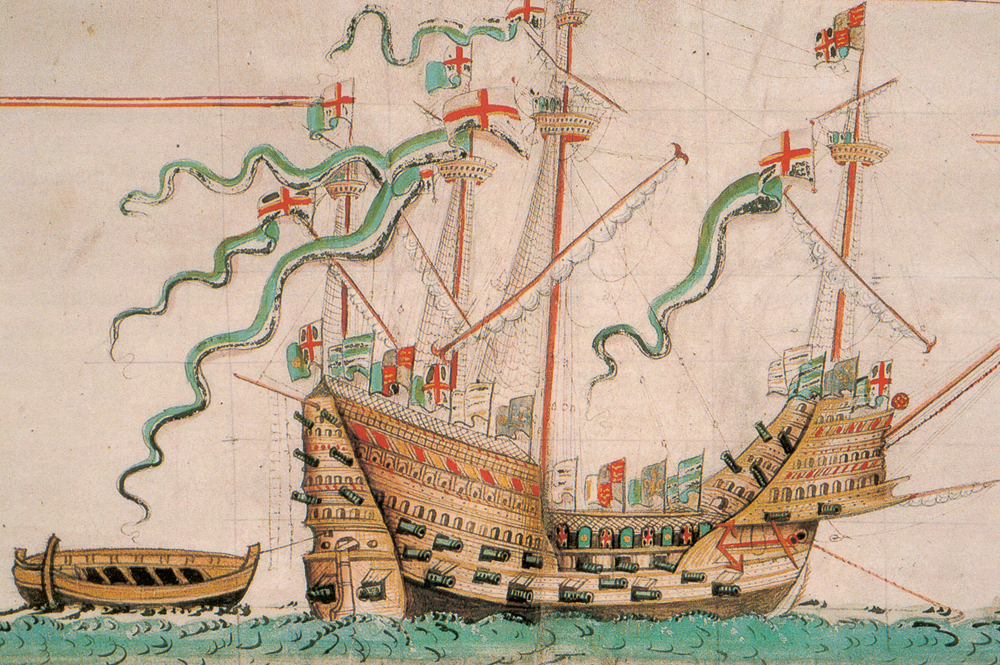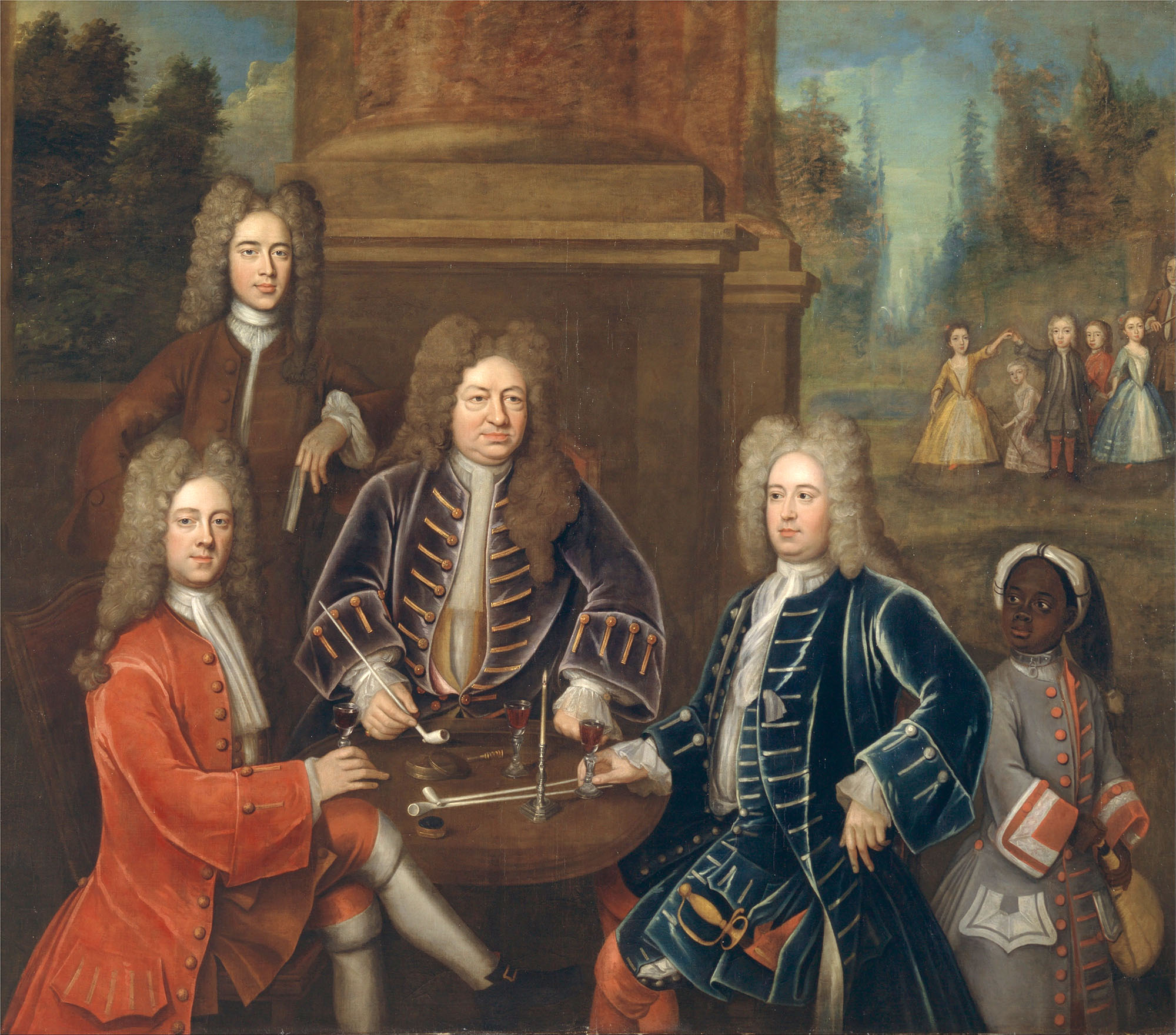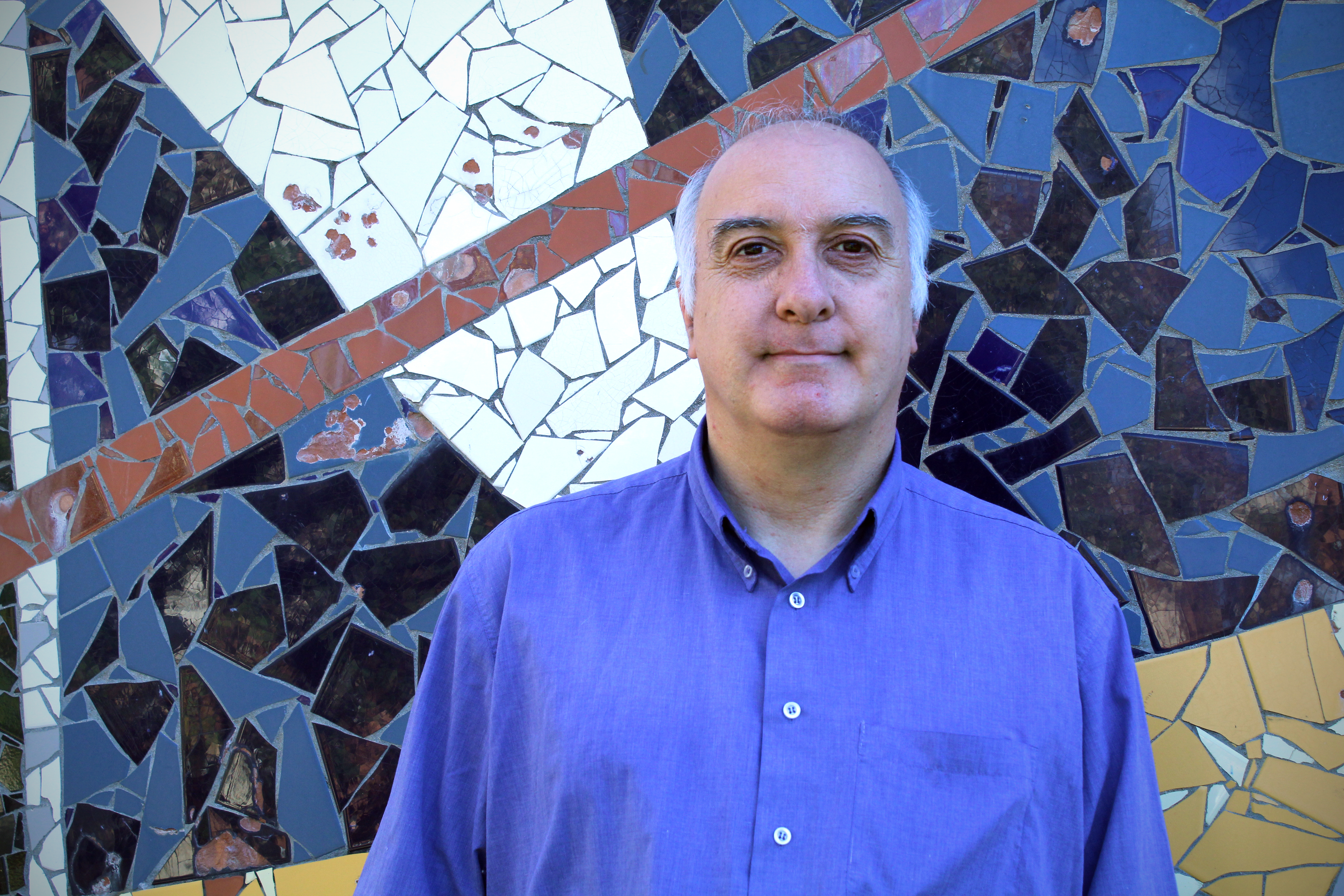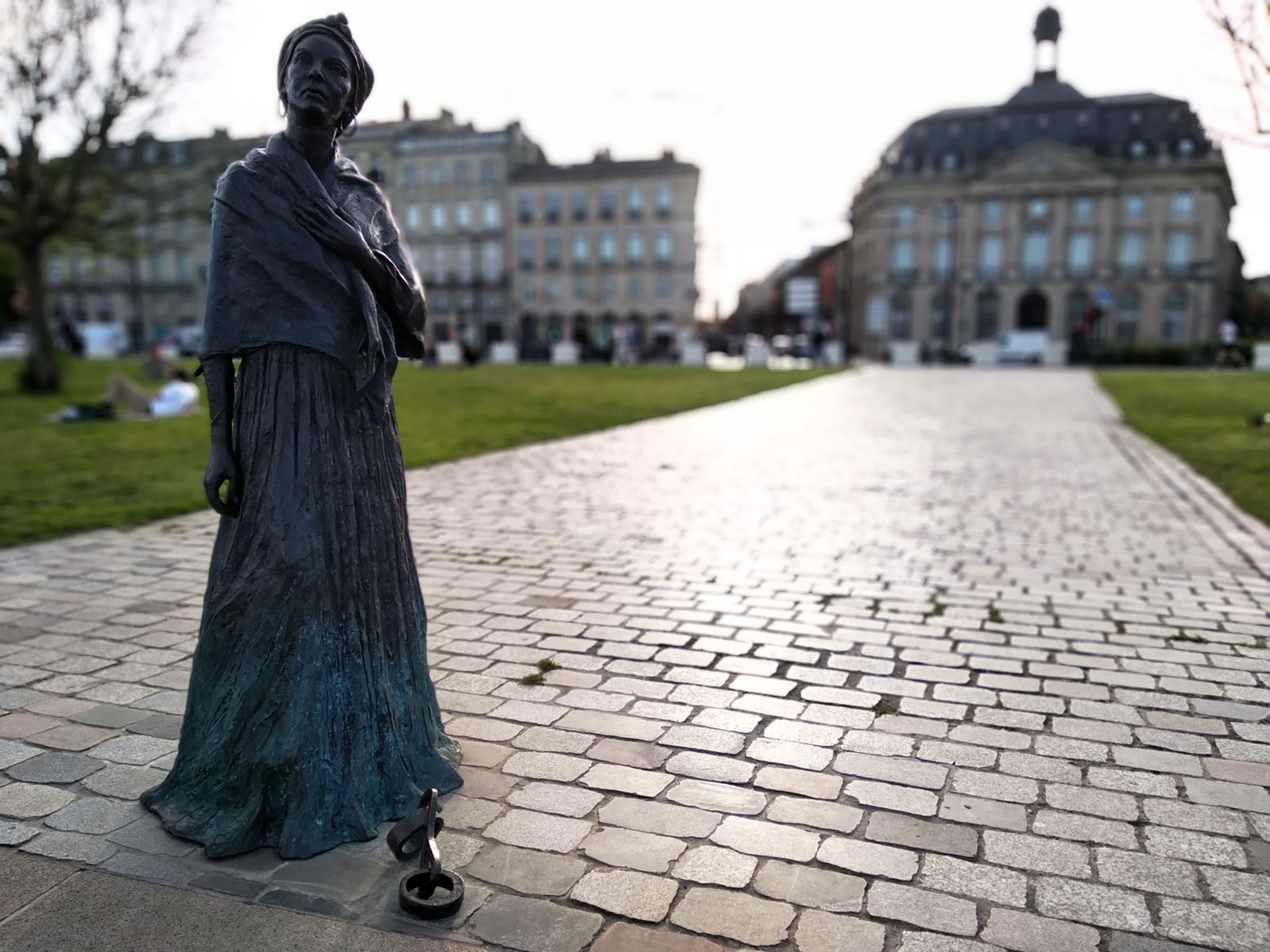Why did Mary Rose sink?
- Portsmouth, England, 1510. Mary Rose started building the warship. Henry VIII ascended the throne a year earlier and, seeing that both Castile and Portugal had advanced to England in the control of the sea, he immediately dedicated himself to strengthening the fleet.

Mary Rose was not the largest vessel in the Army, but it was very fast and, thanks to the 78 guns, very efficient, and would be the symbol of the new fleet.
In 1545, Henry's reign was about to end, and a year and a half later he would die. But Mary Rose was still the teaching of the fleet. That year, the French Navy attacked the English coast. In August they managed to expel the French, but a few weeks earlier, on 18 July, Mary Rose suddenly sank, without any attack from enemies, in the battle of Solent. Apparently, the boat was escorted at the time of spinning and water entered through the stern cannons. Most of the crew members, about 400, sank with the boat. The fact is that in these usual maneuvers the closure of the cannons was basic and it is not then nor now clear why they were not closed.
In addition to getting the best boats, the king made a special effort to complete the professional crews, so he had no hesitation in hiring foreign mercenaries. Some letters published in 2008 state that in the beginning of 1545 the English fleet found 9 boats from Castile that were lost adrift near the coast. The boats contained more than 600 soldiers and sailors, most of them Basques and Andalusians. Well, the king ordered that they be given the opportunity to join them. And since nothing was known about the arrests afterwards, it is to be believed that those who had served Castile had become employees of England.
The remains of the boat were taken from the bottom of the sea in 1982 and are collected in a museum since then. More than 20,000 objects were found, an ideal treasure to recreate the time of Tudor. It was also possible to analyze the remains of the more than 400 deaths in recent hours. In 2008, a few weeks after these letters were known, the criminologist Lynne Bell of Simon Fraser University presented the findings of the tests of 18 individuals: Most of the deaths in Mary Rose, above 6 per cent, were not British. The analysis of dental isotopes reveals the type of water – and from where – that an individual drank in his childhood, and so Bell concluded that most of the “foreigners” on the ship were from the Atlantic coast, as were the British, but more from the south.
And this brought with it a new hypothesis: Basques, Bretons, Andalusians, Portuguese… they met on that boat and, therefore, many languages were mixed, among others, the Basque. Despite being experienced professionals, this would have caused communication problems, to the point of not understanding the most basic instructions, such as canyoning. That is, Mary Rose plunged into a mutual misunderstanding.
From the Mountain of Navarre, thousands of people took to America in the 19th century to survive in grazing or other activities. Historian Raquel Idoate recovers in her thesis the history of some 4,000 of them: how the trip was made, how they were invested in, roles about... [+]
We are in the most industrialized territory of the Basque Country, the Left Margin of the Ibaizabal, or the Ría de Bilbao, if you will. Here the fireplaces had ordered it once. But to feed them, we used not only coal, but also the sweat of thousands of workers, and even more,... [+]
The epic is built on the lives of many men and knowing that makes society more mature.” The writer Bibiana Candia is right. In Azucre (Pepitas de Calabaza, 2021) we are told the tragedy of the enslaved Galician migrants of the 19th century, but that story would have been... [+]
Despite the black skin and curly hair, they remained invincible men, with the intelligence and resentment of human beings.” So he wrote about the slaves CRL James in the book Jakobino Beltzak, who masterfully narrates the Haitian revolution. So many brutalities, torture and... [+]
If you manage to escape the multitude of tourists and look from the Concha railing to the Donostia pier, perhaps the imagination will accompany you in the time when it was an intense marine commercial city, in which the soundtrack of the gulls will accompany you. Perhaps you are... [+]
Killingworth (Connecticut, USA), 1701. They founded Collegiate School. In 1716 the new school was transferred to New Haven and two years later, in 1718, it was named Yale, one of the most prestigious universities in the United States and the world.
Businessman Elihu Yale... [+]
Julian de Zulueta esklabista arabarraren inguruko erakusketa ikusgai dago LABE espazioan.

























